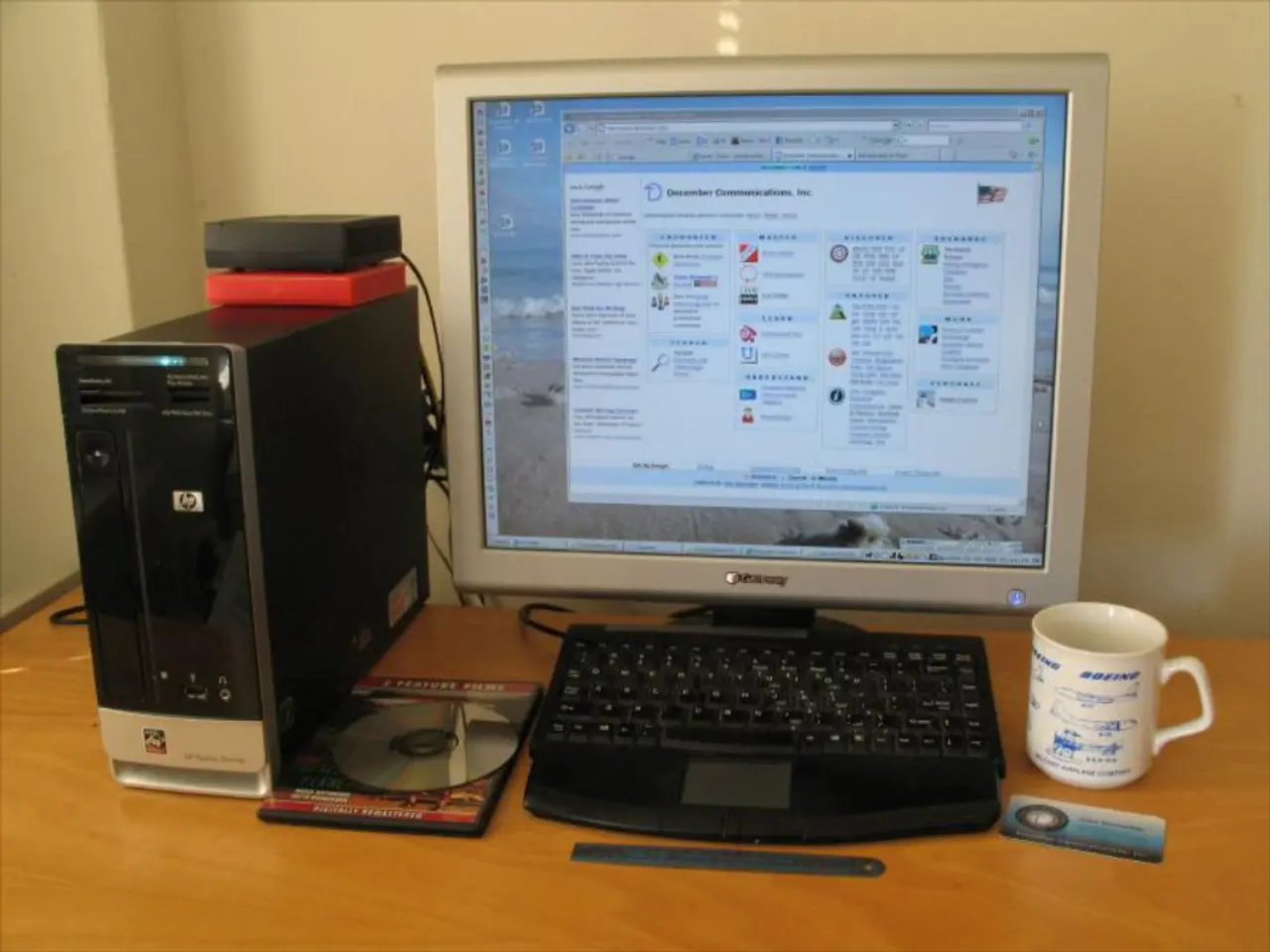Guide for Identifying whether a Hard Drive on a Windows Computer is an SSD or HDD
In this article, we'll walk you through four simple methods to determine if your Windows desktop or laptop computer has an SSD (Solid State Drive) or HDD (Hard Disk Drive).
Method 1: Task Manager
Open Task Manager (Ctrl + Shift + Esc), navigate to the Performance tab, and select "Disk" from the left pane. You'll see the disk type displayed as either "SSD" or "HDD" along with performance graphs and disk usage stats.
Method 2: Device Manager
Open Device Manager (right-click Start button > Device Manager), expand "Disk drives" to see the model numbers of installed drives. Although these model numbers need to be searched online to confirm whether they represent an SSD or HDD, this method provides a good starting point.
Method 3: Defragmentation Tool (Optimize Drives)
Open Windows Search, type "Defragment and Optimize Drives," and open the tool. It lists all drives on the system and their media type in the "Media type" column, making it easy to identify your hard drive type.
Method 4: Windows PowerShell
Run Windows PowerShell as Administrator and enter the command:
This command lists physical disks and their media types, allowing you to see which drives are SSDs or HDDs directly.
In Windows 7, if the "Media Type" column is not shown in Disk Management, you can right-click My Computer, click Manage, go to Disk Management, right-click any disk, and go to Properties to view the drive type.
In Windows 10 or 11, your hard drives will be labelled as Disk 0, Disk 1, etc., and their type will be displayed under each hard drive in the Performance tab of Task Manager.
For laptops, you can use the Device Manager to see the full names of each hard drive, including their type and storage type, by opening the Windows Search bar, typing "Device Manager," clicking the result, and clicking the drop-down arrow next to "Disk Drives."
It's worth noting that Android smartphones use dedicated flash memory for storage instead of a traditional hard drive.
This article has been tested by our Tech Team, and we can confirm that these methods work reliably. Cory Stillman, a Technology Writer for our website, has provided this informative guide. Cory has a degree in Film and Media Studies with a minor in Creative Writing and certificates in Global Studies and Children's Literature from the University of Pittsburgh. He also has experience writing about Film and TV for several online publications, including Screen Rant and Film Cred.
[5 sources omitted for brevity]
- To understand the type of technology used in your computer, you can use a variety of methods discussed in this article, such as the Task Manager, Device Manager, Defragmentation Tool, or Windows PowerShell.
- If you're curious about the technology powering your Android smartphone, it uses dedicated flash memory for storage instead of a traditional hard drive.




